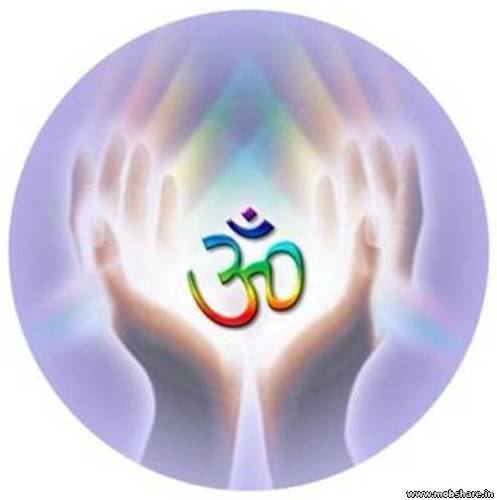Saturday, March 05, 2011
These facts have been revealed in the book Interpreting the Sindhi World: Essays on society and history; Edited by Michel Boivin & Matthew Cook (Oxford University Press, 2010). Like East Pakistan, nationalism in Sindh was language-based. The province was pluralist, just like East Pakistan. Hindus and Muslims lived in peace. Richard Burton wrote: “Hindu religion is not to be found in a state of purity in Sindh. Hinduism here is mixed up with the heterogeneous elements of Islam, and the faith of Nanak Shah. A Hindu will often become the murid (follower) of a Mussulman, and in some cases the contrary takes place… all great Pirs revered by the Moslems have classical Hindu names” (p.17).
The Supreme Court of India, in 2004, fined a litigant for asking to delete Sindh from the Indian national anthem, thus challenging any organic relationship between territory and nationalism (p.31).
The modern state of Gujarat consists of a strip of ‘mainland’ Gujarat, the peninsula of Saurashtra, and the western arm of Kutch (p.33). Later, Junagadh was also added. The Hindus of Sindh mostly moved to this state after Partition. They left en masse in 1948, after the immigrating populations touched off riots in Karachi.
Rita Kothari records the Hindu migration into Gujarat. Ships from Karachi arrived at the ports of Porbander, Veraval, and Okha on Gujarat’s coast. Movement towards Gujarat also happened indirectly, especially via Rajasthan, when Sindhis arrived from Mirpurkhas (p.58). These Sindhis looked ‘Muslim-like’ to the locals: “The Hindus of Sindh were not quite the most suitable examples of orthodox Hindus, as they were a meat-eating community in a largely vegetarian region” (p.59).
Local Gujaratis did not want Sindhis to occupy the evacuee properties left behind by Memons who had preferred to migrate to Pakistan once it was decided that Junagadh would merge with independent India. Local Gujaratis resented the government’s decision to allocate evacuee properties to Sindhis. They disliked Sindhis for being like Muslims, due to their meat-eating habit (p.64).
Parts of Bombay that included the districts of Godhra and Dahod (now in Gujarat) also beckoned Sindhis due to their availability of evacuee property. A majority of the 15,000 Sindhis who live in Godhra are from Lower Sindh, the region of Lar. Peasants and fishermen by vocation, the Laris are considered coarse and poor. The second smaller group, one that is more powerful in terms of political representation, was from Upper Sindh and the regions of Larkana and Shikarpur (p.65)
It is in the struggle of the Sindhi Hindus in Gujarat to be accepted as Hindus that they backed the Bharatiya Janata Party (BJP) and then fought with local Muslims. Kothari writes: “The subsequent communal history of Godhra, with its notorious series of riots between the Ghanchi Muslims and the Lari Sindhis has, at its roots, the issue of evacuee property.”
The reputation of the Godhra Sindhis had spread to other parts of Gujarat. The Sindhi aggression against Muslims was seen as a special gift the Sindhis had brought with them to Gujarat. One Sindhi said: “The Maharaja of Baroda wanted us to put the Muslims of Baroda also in place. He wanted us to have townships next to Muslim colonies so they remain under control” (p.66). Ninety per cent of Sindhi Hindus are BJP voters today and recognise Sindhi LK Advani as their leader (p.73).













No comments:
Post a Comment